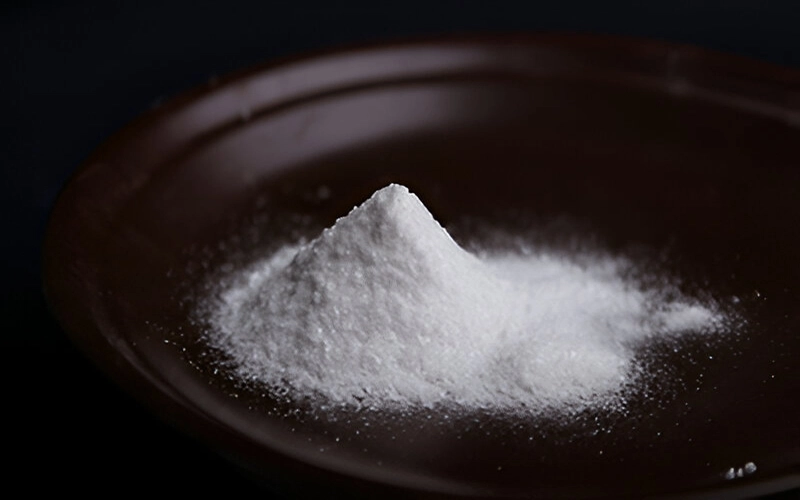Sodium molybdate (Na₂MoO₄) is a white, crystalline, water-soluble salt of molybdenum widely used across multiple industries for its chemical stability, corrosion inhibition, and essential role in agriculture. With a molecular weight of 205.92 g/mol, sodium molybdate is most commonly found as a dihydrate (Na₂MoO₄·2H₂O) and is produced by neutralizing molybdenum trioxide (MoO₃) with sodium hydroxide or sodium carbonate.
One of the most important uses of sodium molybdate is as a micronutrient fertilizer additive in agriculture. Molybdenum is an essential trace element for plants, playing a vital role in nitrogen fixation and the enzymatic conversion of nitrates into amino acids. Crops such as legumes especially depend on adequate molybdenum levels for proper growth. Sodium molybdate is often added to fertilizers or applied directly to soil or foliage to correct molybdenum deficiencies in plants.
In industrial water treatment, sodium molybdate is used as a corrosion inhibitor, particularly in closed-loop cooling systems and boiler water. It works by forming a protective film over metal surfaces, especially steel, thereby preventing oxidation and corrosion. Unlike chromates, which were commonly used in the past, sodium molybdate is considered more environmentally friendly and less toxic, making it a preferred alternative in modern systems.
Sodium molybdate also finds application in chemical synthesis and analytical chemistry. It serves as a source of molybdenum in the manufacture of pigments, catalysts, and lubricants. In analytical laboratories, it is used in colorimetric and gravimetric methods to detect phosphates, silicates, and arsenates, forming distinct complexes for identification and quantification.
In the pharmaceutical industry, sodium molybdate has been explored for its antioxidant properties and potential therapeutic applications. Some studies suggest its involvement in enzyme systems that help detoxify the body, although these applications are still under investigation.

Additionally, sodium molybdate is used in ceramics and metal finishing, where it helps improve glaze quality and acts as a mordant in textile dyeing.
Overall, sodium molybdate is a highly versatile compound with wide-ranging applications in agriculture, industry, and scientific research. Its solubility, stability, and relatively low toxicity make it a valuable material for sustainable and efficient processes across diverse sectors.
Sodium molybdate is used in agriculture as a micronutrient to promote plant growth, especially in legumes. It serves as a corrosion inhibitor in water treatment systems and cooling towers. Additionally, it’s used in catalysts, pigments, analytical chemistry, ceramics, and textile dyeing due to its chemical stability and versatility.

| Bulk Density | Density | Molar Mass | Melting Point | Solubility | pH value | pH Value |
|---|---|---|---|---|---|---|
| 1000-1400 kg/m³ | 3.28 g/cm³ | 241.95 g/mol | 687°C Elimination of water of crystallization - | 840 g/l (20°C) | 7.9-10.3 (50g/l, H₂O, 20°C) | - |

© 2013 Vertix Co. All Rights Reserved. Leading Supplier Of Foundry & Metallurgical Materials